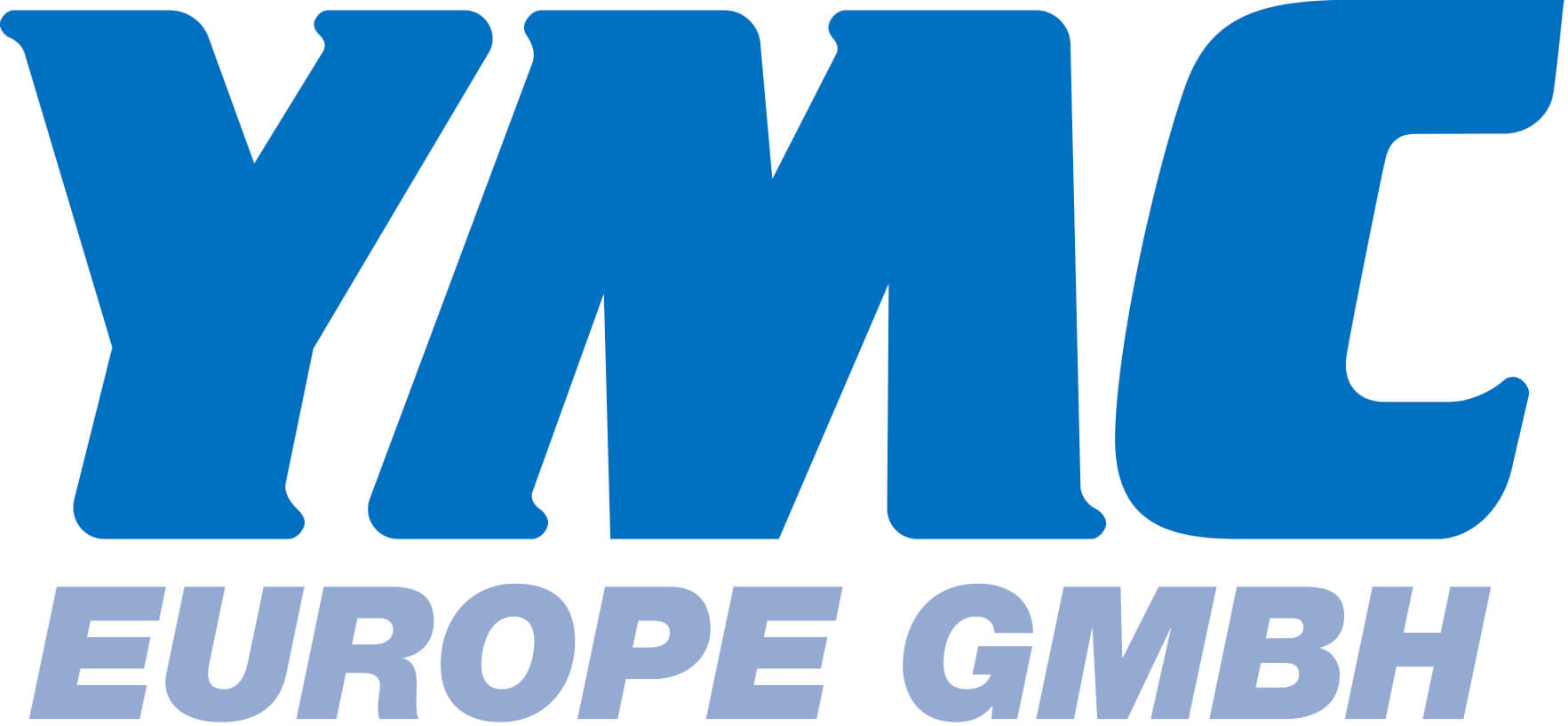
Released: December 2018
Updated: January 2024
Summary
This Application Note describes the GC–MS analysis of trace-level ‘air toxics’ in humidified canister air, using Markes’ ground-breaking cryogen-free Dry-Focus3 pre‑concentration technology. We show that this system is able to detect 65 target compounds ranging from propene to naphthalene, with method detection limits as low as 0.7 pptv in SIM mode, making it compliant both with standard TO-15 methods, and with ‘trace TO-15’ methods stipulating lower detection limits.
Introduction
With growing concerns over the harmful effects of long-term exposure to low levels of hazardous air pollutants (‘air toxics’), there is increasing demand for analytical laboratories to detect ever-lower levels of analyte concentrations in ambient air. Unfortunately, the detection limit criteria on the analytical instrumentation set by the widely used US EPA Method TO-15 1 is not always able to address such needs. Therefore, some state environmental protection agencies in the US have developed new standard methods for low-level air toxics.





